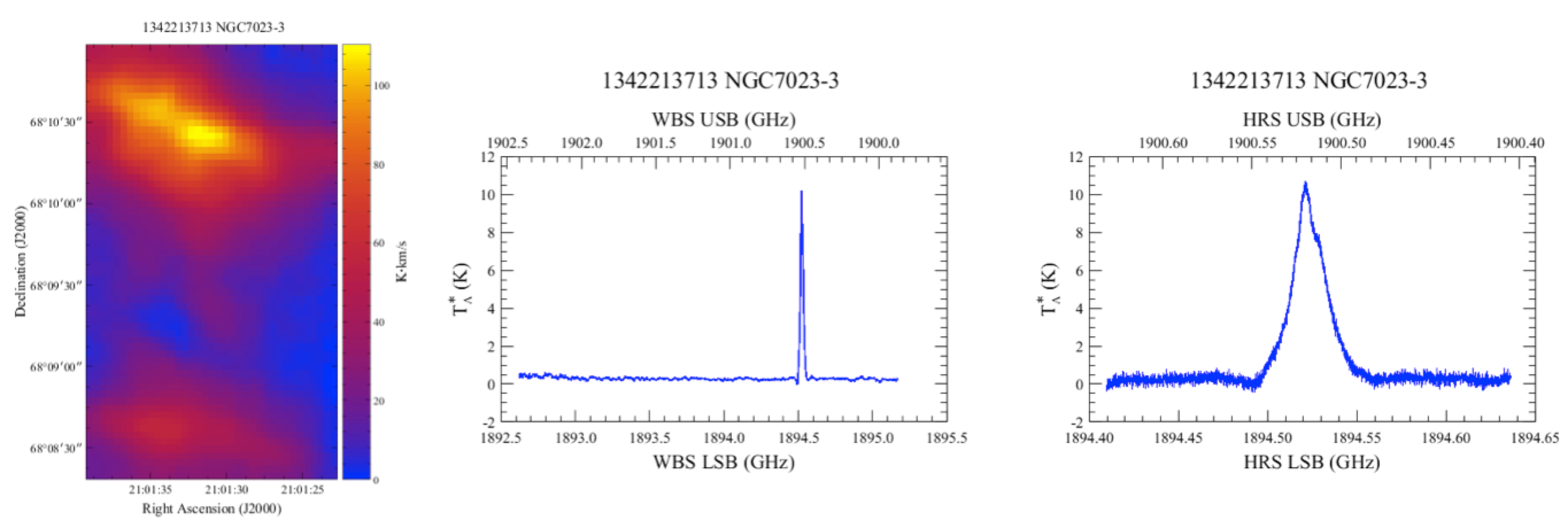| Name | Last modified | Size | Description | |
|---|---|---|---|---|
| Parent Directory | - | |||
| 2a.zip | 2019-01-10 10:40 | 214M | ||
| 1a_c.zip | 2019-01-10 10:39 | 921M | ||
| 1a_b.zip | 2019-01-10 10:39 | 550M | ||
| 1a_a.zip | 2019-01-10 10:39 | 1.1G | ||
| 4b_b.zip | 2019-01-10 10:33 | 1.1G | ||
| 4b_a.zip | 2019-01-10 10:33 | 1.6G | ||
| HIFI_Spectral_Maps_H..> | 2018-07-24 08:29 | 915K | ||
| smap_hpdp_banner.png | 2017-07-03 11:16 | 442K | ||
| 7b_f.zip | 2016-12-02 12:23 | 3.2G | ||
| 7b_e.zip | 2016-12-02 11:33 | 3.1G | ||
| 7b_d.zip | 2016-12-01 15:13 | 3.4G | ||
| 7b_c.zip | 2016-12-01 15:09 | 1.4G | ||
| 7b_b.zip | 2016-12-01 15:07 | 3.6G | ||
| 7b_a.zip | 2016-12-01 14:53 | 1.9G | ||
| 7a.zip | 2016-12-01 14:50 | 101M | ||
| 6b.zip | 2016-12-01 14:50 | 2.0G | ||
| 6a.zip | 2016-12-01 14:47 | 4.5G | ||

A number of data processing steps for HIFI spectral mapping observations can be carried out interactively in HIPE that will maximise data quality around the scientific goals, but which could not be incorporated in the HIFI Standard Product Generation (SPG) for practical reasons. While some of these steps could, over time, be integrated into the pipeline, their complexity to account for a wide range of data reduction parameter space would require substantial effort to implement, then verify that the majority of all mapping observations have been processed as expected. There are nonetheless certain operations that would require User interactions.
In the interest of ensuring the broadest access to HIFI's scientific returns, the substantial amount of HIFI science which remains to be exploited in the Herschel Science Archive (HSA), and the general dependency on the Herschel data processing system for the most effective processing methods, HIFI instrument scientists have interactively processed a selection of mapping observations starting with Level 2 products from the final (SPG 14.1.0) pipeline and applied interactive tools and scripts in HIPE 14.1 to 15.0, minimising data artefacts and maximising signal-to-noise ratios. This alleviates a concern for engagement by the future user community with HIPE, such that these Highly-Processed Data Products (HPDPs) are as close to science-ready as possible and can be loaded into almost any environment for further high-level analysis.
Those products have been prepared for all relevant observations in bands 1a, 4b, 6 and 7, and for part of band 2a mapping observations. All of those be served by the HSA, but they can also be fetched from this local repository, where zipped data-sets are provided per HIFI bands, or further broken down in case of too large file size.
Pat Morris (NHSC), David Teyssier, Sylvie Beaulieu (HSC), 18-July-2018